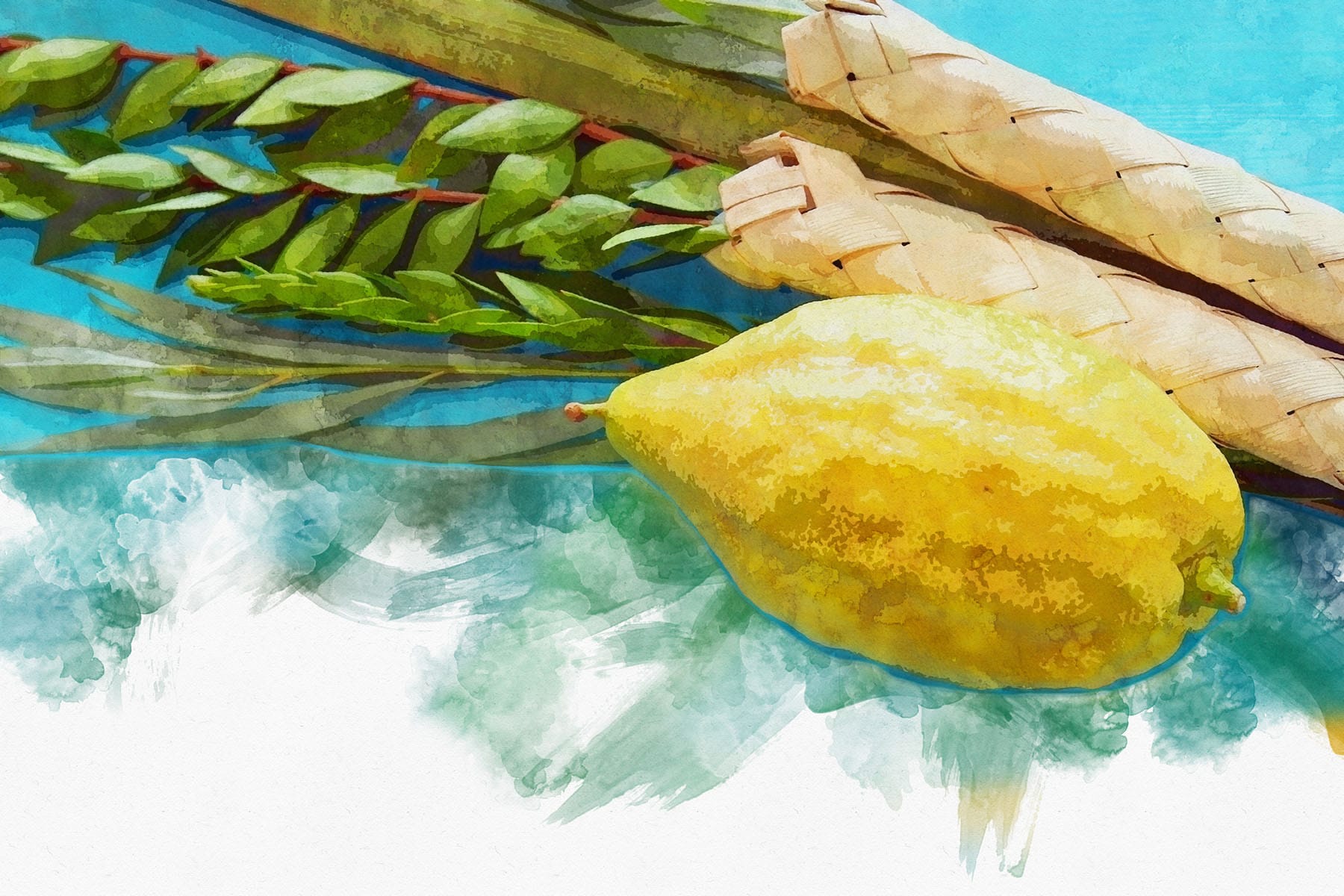 Image by tomertu/Getty Images
Image by tomertu/Getty Images We appreciate our Jewish heritage for a long list of reasons. It gives us a sense of identity, links us to our community, past, present and future, and spells out what is moral and motivates us to act morally. Judaism marks events in our lives, including the passing of each day and of the days of the week and year, and the life cycle events in our lives, thereby giving a sense of differing meanings to those times. It also gives us a sense of God that is the transcendent aspect of human experience, and enables us to respond to that experience together with its forms of relationship to God, its duties, joys and sources of meaning. And, perhaps most unexpectedly, Judaism makes life a work of art, giving us music, art, dance and drama.
That last reason is not what many Jews envision when they think of their connections to their heritage. But a text from Shir Hashirim Rabbah describing some elements of Sukkot demonstrates that the rabbis were explicitly aware of this aesthetic aspect:
“You are beautiful, my love” (Song of Songs 1:15). You are beautiful through the commandments, both positive and negative—beautiful through good deeds;…beautiful in the field through gleaning, the forgotten sheaf, and the second tithe; …beautiful in the law of circumcision; beautiful in prayer, in the reading of the Shema, in mezzuzot and tefillin,in the lulav and etrog; beautiful too in repentance and in good deeds; beautiful in this world and beautiful in the world to come.
One reason to obey the commandments, then, is to make life beautiful. Jewish law requires that we adorn our sukkah to make it beautiful and that we intentionally choose our lulav and etrog, both to make it ours (in accordance with Leviticus 23:40), but also to ensure that the ones we pick are pleasing to our aesthetic sense, so the holiday is more beautiful in our eyes. As the Talmud says (B. Shabbat 133b):
דְּתַנְיָא: ״זֶה אֵלִי וְאַנְוֵהוּ״, הִתְנָאֵה לְפָנָיו בְּמִצְוֹת: עֲשֵׂה לְפָנָיו סוּכָּה נָאָה וְלוּלָב נָאֶה, וְשׁוֹפָר נָאֶה, צִיצִית נָאָה, סֵפֶר תּוֹרָה נָאֶה, וְכָתוּב בּוֹ לִשְׁמוֹ בִּדְיוֹ נָאֶה, בְּקוּלְמוֹס נָאֶה, בְּלַבְלָר אוּמָּן, וְכוֹרְכוֹ בְּשִׁירָאִין נָאִין.
As it was taught: “This is my God and I will glorify Him [v’anveihu]…” [Exodus 15:2. The Sages interpreted anveihu homiletically as linguistically related to noi, beauty, and interpreted the verse in this way:] Beautify yourself before Him in mitzvot. Make before Him a beautiful sukkah, a beautiful lulav, a beautiful shofar, beautiful ritual fringes [on one’s tallit], beautiful parchment for a Torah scroll, and write in it in His name in beautiful ink, with a beautiful quill by an expert scribe, and wrap the scroll in beautiful silk fabric.
A large part of my attraction to Judaism growing up were the songs I was taught at Camp Ramah and the gorgeous Levandovsky melodies of my synagogue choirs every Friday night, on the High Holy Days and festivals like Sukkot. But it was not until I met Shlomo Bardin (of blessed memory) that aesthetics became a conscious part of my understanding of Judaism.
During the 1970s, I spent one day in July and in August at the Brandeis Camp Institute in Simi Valley, where I described Conservative Judaism in the morning and then engaged in an extended discussion with the college and graduate students in the evening. One afternoon, I asked Bardin why he insisted the participants spend one hour each day learning Israeli songs and another hour learning Israeli dances. He said, “Because Judaism is caught, not taught.” That is, we are attracted to Judaism emotionally, not intellectually.
As a person who became a serious Jew because of a series of weekly philosophical discussions at Camp Ramah when I was 15, I think that Judaism is both caught and taught. If we are really to do what the Shema requires — that we love God “with all our heart, with all our soul and with all our resources” — then we must not limit our commitment to our emotions or our minds. It must appeal to and emerge from the whole of our being and all of our relationships.
Our varying experiences with Judaism in these parts of our being reinforce each other. None of us is just a body, mind, set of emotions or will, and none of us lives alone on an isolated island. I am glad my upbringing in my home, my synagogue, and Camp Ramah engaged those parts of my being to shape my Jewish commitments.
Our varying experiences with Judaism in these parts of our being reinforce each other. None of us is JUST a body, mind, set of emotions, or will, and none of us lives ALONE an isolated island.
That said, on this Sukkot especially, when we are all isolated in our homes, unable to engage with the social and professional activities that give meaning to life, the aesthetic part of Sukkot may be just what we need to lift our spirits.
So take time this Sukkot to build a sukkah if you can and to make it beautiful with decorations. Pay attention to the shape, color and scent of the etrog you choose. Don’t be embarrassed about focusing on the aesthetics of these acts, for that aspect of observing Sukkot does not diminish. Rather, it enhances the religious significance of the holiday. As is evident from the texts above, aesthetic concerns have been part of Judaism for hundreds of years.
We are called to feel joy on Sukkot, which Jewish liturgy declares is zman simhatenu, “the time of our joy.” Experiences of beauty can help us do that. May this Sukkot be a time of joy for all of us, and may the sheer beauty of this holiday enable us to feel that joy.
Elliot Dorff is distinguished professor of Philosophy at American Jewish University and visiting professor at UCLA School of Law.






















 More news and opinions than at a Shabbat dinner, right in your inbox.
More news and opinions than at a Shabbat dinner, right in your inbox.